The Indian basilAlso known as the “Queen of Herbs”, has been used as a medicinal herb in India and Asia for centuries, for example because it stimulates the immune system, inhibits inflammation, lowers blood sugar and supports the treatment of breast cancer. Basil was therefore once considered the “royal herb”.
Occurrence and cultivation of Indian basil

Indian basil belongs to the mint family. The tropical and subtropical Asia and northern Australia are part of their natural occurrence. The plant has a persistent herbaceous growth and reaches a height of up to 100 centimeters. The straight stem has numerous finely hairy branches. The leaves are arranged opposite to one another and divided into petiole and blade.
They are finely haired everywhere, especially on the leaf veins. In the terminal, spiked inflorescences, there are six flowers each in so-called pseudo whorls. The hermaphrodites have a double shell. The sepals are fused bell-shaped and the brown nuts are slightly egg-shaped and humped.
Effect & application
The plant is considered a particularly sacred herb, which also plays an important role in religious ceremonies and is associated with numerous legends. She is highly valued and adored. In the Hindu religion, the basil represents the presence of Vishnu and expresses divine protection. The Indian basil is used in Ayurveda as the elixir of life, which has a balancing effect and keeps you young and mentally clear. In India the shrub can be found in many courtyards and at countless house entrances.
Often it is framed by decoratively painted stones that make the special place an altar. The prayers are said cross-legged on the ground in front of it. The Indian basil is a component of Ayurveda, the Indian healing art and in South and Southeast Asia it is used in the kitchen and to drive away insects. In the kitchen, Indian basil is usually used fresh, as the dried leaves only have a fraction of the original flavor.
For the same reason, they are only cooked briefly. Indian basil tastes particularly good when it is served shortly before the end of the cooking time, for example in pasta sauces, stews and vegetable dishes as well as in salads. Basil is also popular as a pesto. In Europe, the Indian basil is particularly known as a tea. It can be used fresh or dried for this and has an aromatic sweet taste.
Importance for health, treatment & prevention
The Indian basil is used in the form of tea, for example, to alleviate febrile illnesses, gastrointestinal problems and stomach ulcers. The medicinal herb is used for all acute inflammatory diseases, such as colds, fever (including malaria), cough, sore throat and bronchitis, as well as kidney stones, diarrhea, stomach pain and ulcers.
The mucous membrane of the stomach wall is apparently strengthened by the basil. The herb is said to have a stomach-strengthening effect and can be used for all digestive problems. Duodenal ulcers and colon inflammation should also be improved with basil tea. Chewed leaves can accelerate wound healing by laying them on. Oral infections, problems with teeth and gums and insect bites are also part of the range of treatments.
Basil can also have a soothing effect on headaches. The high content of the carotenoids it contains also has a positive effect on the eyes and vision. Studies have shown that diabetes with low carotenoid levels has a higher risk of developing diabetic retinopathy. Furthermore, the Indian basil protects against stress, because it contains plenty of highly effective ingredients such as polyphenols and flavonoids, which are responsible for the antioxidant and adaptogenic properties.
The body's own healing processes are promoted. The herb also has a calming and strengthening effect on the psyche and the nervous system. It can therefore be a good support for anxiety, panic attacks and depression. It also protects and maintains the efficiency of the brain, which means that it also plays a role in senile dementia. As a preventive measure, it can be used against cancer.
In tests, the herb showed cell-protecting and also specifically a cancer-fighting effect, because various antioxidant enzymes are activated and detoxifying metabolic processes initiated in the organism that can fight cancer cells. Basil also has an antibacterial effect and has a strengthening effect on the immune system, with the immune-stimulating effect apparently still supporting the cancer-inhibiting process, because the immune system is one of the most important main factors in natural cancer treatment.
It has already been found that, for example, the growth of breast cancer can be stopped by preventing new cells from forming and thus inhibiting the blood supply to the tumor. The tumor is starved in this way, so that metastasis can be prevented. The positive effect is apparently similar to that of chemotherapeutic substances, but with far fewer side effects.
Therefore, according to researchers, Indian basil could be further developed as an agent in the prevention and treatment of breast cancer, for example in order to use it in combination with chemotherapy and to reduce the dosage of the agent. The basil also mitigates the side effects of radiation therapy and can therefore also offer ideal protection against the carcinogenic substances. The ingredients Orientin and Vivencin play an important role here. In the opinion of the scientists, however, further research is necessary to investigate the benefits of basil in cancer therapy in more detail.

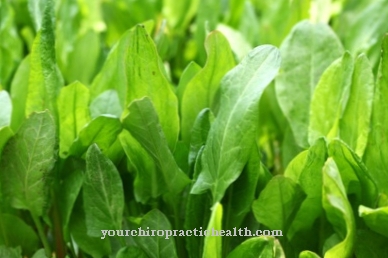
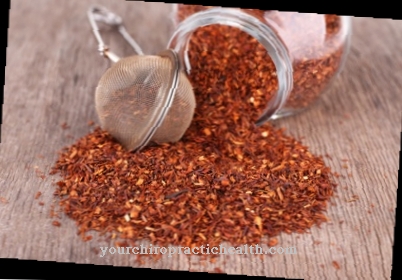
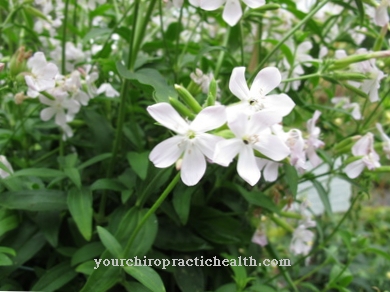

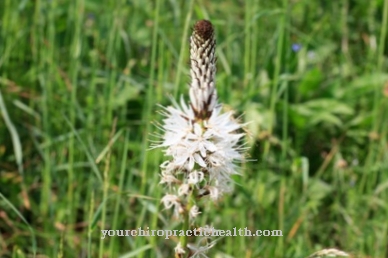
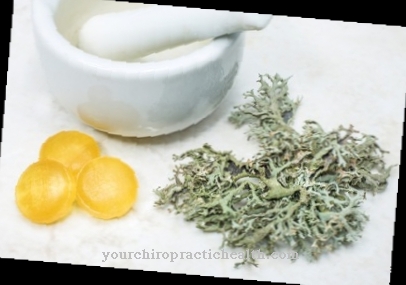

















.jpg)



